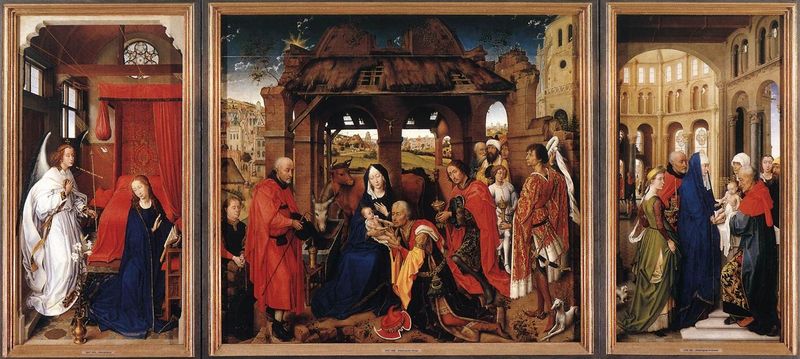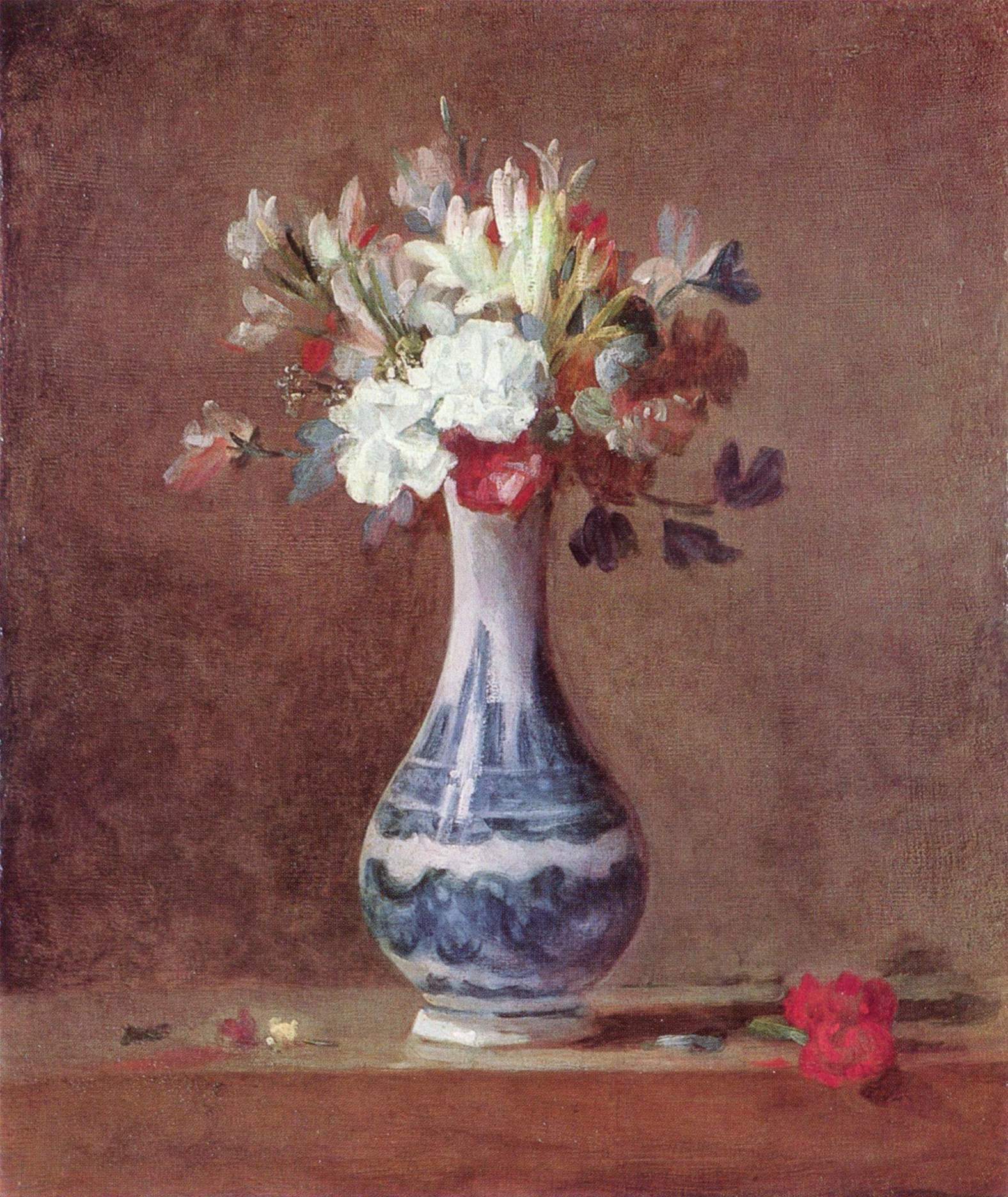I'm spending a lot of time thinking about this! I am writing a paper on the recepetion history of this passage, and looking at how it has been portrayed in art, as well as explained in recent exegesis.
Luke 10.38-42 As Jesus and his disciples were on their way, he came to a village where a woman named Martha opened her home to him. 39 She had a sister called Mary, who sat at the Lord’s feet listening to what he said. 40 But Martha was distracted by all the preparations that had to be made. She came to him and asked, “Lord, don’t you care that my sister has left me to do the work by myself? Tell her to help me!”
41 “Martha, Martha,” the Lord answered, “you are worried and upset about many things, 42 but few things are needed—or indeed only one. Mary has chosen what is better, and it will not be taken away from her.”
For the best part of two thousand years Martha has been remembered as the woman who got a row from Jesus for her pan rattling annoyance at having to do all the work while Mary just sat there.
Well, to be fair, she didn't just sit there, she was listening to Jesus, paying attention to what he was saying. Ever since, the contrast has been persistently made between contemplation and action, between prayerful devotion and practical service, between sitting at the feet of Jesus and standing at the kitchen sink. Such a dichotomy has created a devotional dualism, a hierarchy of spiritualities ranging from the contemplative love of God, with its attentiveness, love of silence, and single focus on the love of God, and descending towards an energetic busyness in the service of others as a much more practical, physical and material way of loving God, by love for the other. And it is the hands clasped contemplative that is deemed the more spiritual, and the busy hands on activism considered lower league spirituality. The contrast is mistaken, and the dualism is damaging. It pushes apart the two commandments which are the distillation of all Christian obedience – love of God and love of neighbour.
Luke's telling of this story, (and his is the only Gospel to record this incident), is clearly intended to make a point. But is it the point that seems so obvious, that Jesus rebuked Martha for being overbusy, and for complaining about Mary's absence from the kitchen? Along with careful study of the text itself, I'm also interested in Luke's literary skill, and wondering why he placed this story right here in his Gospel. Think of what comes immediately before; the story of the Good Samaritan, told to answer the question, 'Who is my neighbour?" So the second of the great commandments is illustrated in practice – the Samaritan demonstrates love for neighbour.
Now, who will demonstrate the first great commandment, love for God, wholehearted and total devotion by the whole self? Luke has told us often enough; it is the one who hears Jesus Word, who listens to the Word and does it. The disciple is the one who not only listens but hears, who not only looks but sees, the one who is all eyes and all ears in the presence of the One who comes with the Word of the Kingdom of God. So, following the story that illustrates love of neighbour, we have this story of Mary, sitting at the feet of Jesus listening to what he said. And while Jesus undoubtedly affirms and defends Mary's attentive listening, the question is whether his words to Martha are rebuke for her actions, or answer to her complaint about her sister.
"She has chosen the better part" is certainly a hard saying to hear, but think of Martha preparing an elaborate menu, when simple food is all that's required, says the courteous guest; and hear the sympathy of Jesus is in the playful affection with which he says Martha's name, twice, and acknowledges she's distracted and upset; and somewhere in all the relational dynamics of a home charged and electrified by the presence of the most honoured of guests, we have two women, not vying to show who loves the most, but expressing each their individual devotion and love as fully as their own personalities, skills and experience will permit. That they collide in the intensity of the occasion is no surprise; but nor is it a reason to devalue Martha's work or uncritically embrace Mary's choice of the better part.
These are initial thoughts. The painting above by Velazquez (around 1618) is a study in the ambiguities of the story. Is Martha the one who is red faced, upset, pounding garlic, and wishing she was elsewhere? And is the older woman pointing at the scene through the serving hatch, at Mary not pulling her weight. Or is she the maid frantically trying to get things done, and in the scene through the hatch we see Martha behind Mary complaining at her inactivity at the very time the house needs to be busy if they are to honour their guest? Either way, the painting captures powerfully the unhappiness and resentment of unappreciated hard work. Velazquez doesn't idealise the interior of the kitchen, nor does he paint Martha as anything other than an overworked hassled woman, with neither time nor energy to worry about her appearance, and near the end of her tether!
Velasquez' painting reflects the popular Catholic piety of his times in the context in early 17th Century Spain. Forty years earlier Teresa of Avila had published The Interior Castle, even by then a virtual handbook on the contemplative life. In that book the story of Mary and Martha is the subject of long meditation about the one thing necessary, and contemplation as the better part, and Mary emerges as the ideal contemplative, and Martha the lay Christian called to the lesser role of ordinariness. But in the next post we'll look at a painting altogether less partial to Mary and more generous to Martha.






